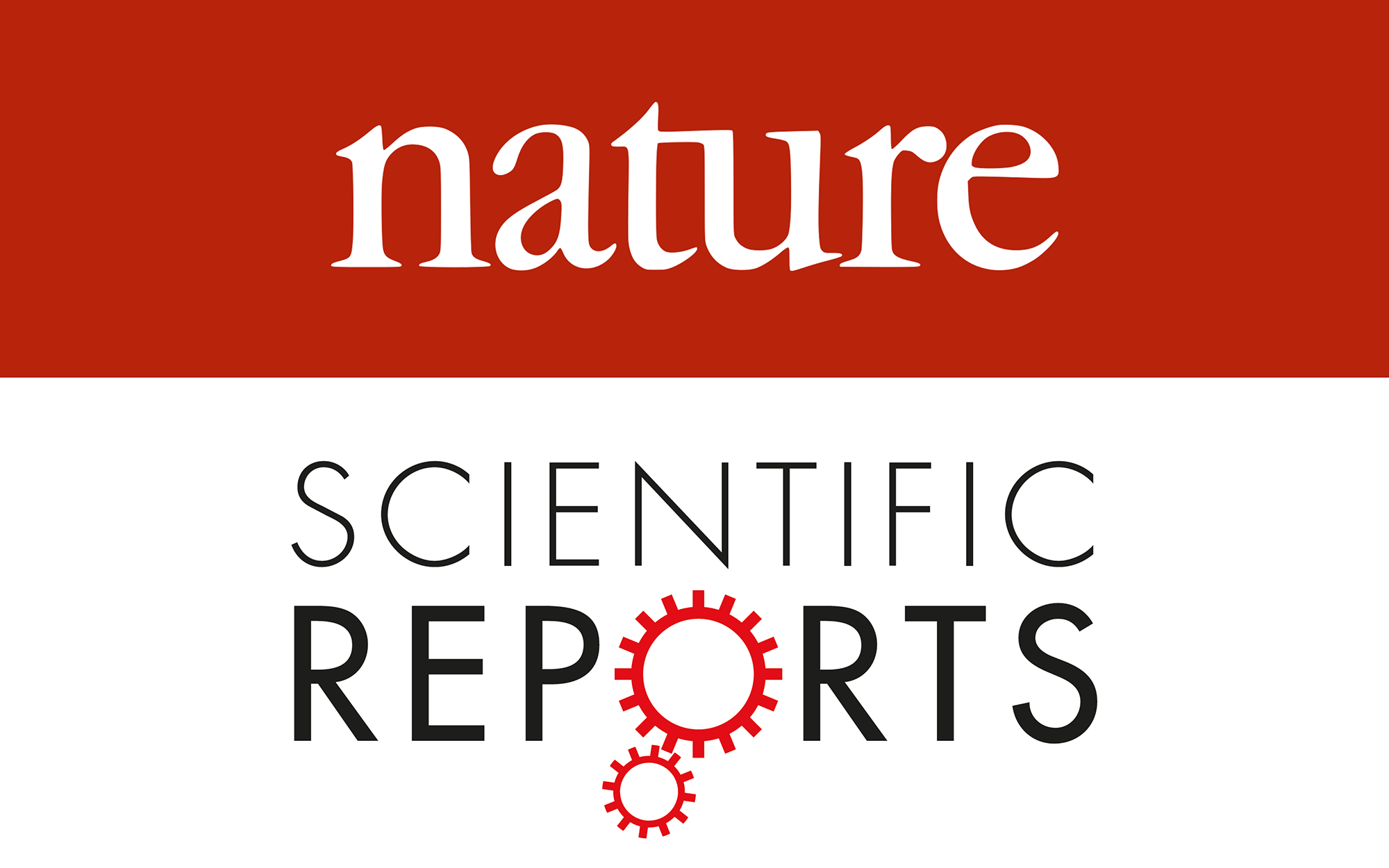
Publication I June 09, 2020
The trimer to monomer transition of Tumor Necrosis Factor-Alpha is a dynamic process that is significantly altered by therapeutic antibodies
The cytokine tumor necrosis factor-alpha (TNF-α) readily forms homotrimers at sub-nM concentrations to promote inflammation. For the treatment of inflammatory diseases with upregulated levels of TNF-α, a number of therapeutic antibodies are currently used as scavengers to reduce the active TNF-α concentration in patients. Despite their clinical success, the mode-of-action of different antibody formats with regard to a stabilization of the trimeric state is not entirely understood. Here, we use a biosensor with dynamic nanolevers to analyze the monomeric and trimeric states of TNF-α together with the binding kinetics of therapeutic biologics. The intrinsic trimer-to-monomer decay rate k = 1.7 × 10−3 s−1 could be measured directly using a microfluidic system, and antibody binding affinities were analyzed in the pM range. Trimer stabilization effects are quantified for Adalimumab, Infliximab, Etanercept, Certolizumab, Golimumab for bivalent and monovalent binding formats. Clear differences in trimer stabilization are observed, which may provide a deeper insight into the mode-of-action of TNF-α scavengers.